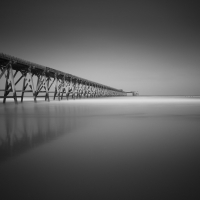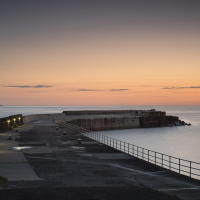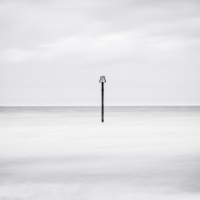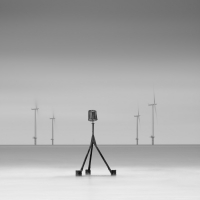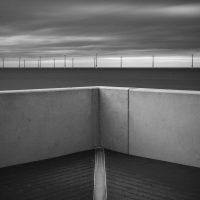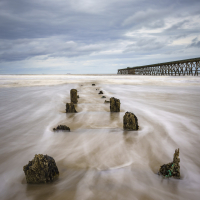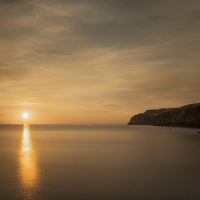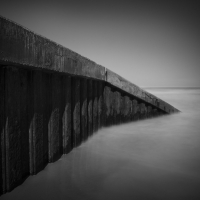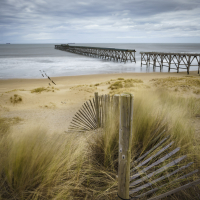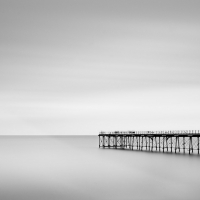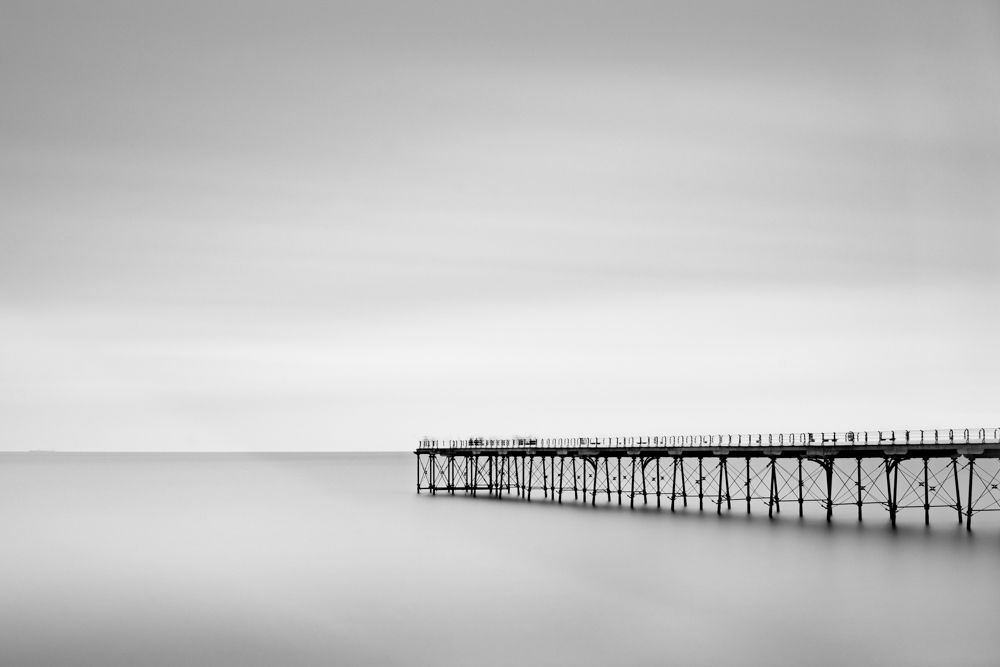
Why Long Exposures?
Long exposure photography is a powerful technique that allows us to create breathtaking images that transcend the boundaries of time. By extending the exposure time, we have the ability to transform dynamic elements in the scene, such as flowing water, moving clouds, or swaying grass, into graceful, ethereal forms. The result is a mesmerising blend of smoothness and motion that adds a sense of tranquility and beauty to our photographs.
Convey mood and atmosphere
One of the key advantages of long exposure photography is its ability to convey a unique mood and atmosphere. By blurring moving elements, such as waves crashing along the shoreline or clouds streaking across the sky, we can evoke a sense of calmness, serenity, and mystery in our images. The stillness of static elements, such as rocks or trees, provides a contrasting anchor that further enhances the overall composition. Long exposures also help to simplify a scene, creating a more relaxed and easier to understand interpretation.
Additionally, long exposure photography enables us to capture scenes that are otherwise invisible to the naked eye. By extending the exposure time, we can reveal intricate details, subtle textures, and hidden patterns that might go unnoticed. Long exposures allow us to showcase the passage of time in a single frame, inviting viewers to pause, contemplate, and appreciate the inherent beauty of our natural surroundings.
Being patient
Moreover (and, I think the reason why I love it so much), long exposure photography encourages us to slow down, be patient, and immerse ourselves fully in the present moment. It teaches us to observe the subtle changes in light, anticipate movements, and make deliberate artistic choices. Through this process, we develop a deeper connection with the landscape, fostering a profound appreciation for its ever-changing dynamics.
Your choice of exposure time rather depends on the subject matter, the speed at which the elements are travelling (such as water and clouds etc.) and the look you're trying to achieve. Surprisingly, the exposure time for some subjects can still be quite quick but if you need a longer exposure time, it's likely that you'll need a specialist 'long exposure' filter. There are numerous long exposure filters on the market from companies such as Cokin, Hoya, K&F, Nisi, Lee (the filter system I use) and others. Depending on the manufacturer, these filters either screw onto the front of your lens or sit in a holder allowing you to extend the exposure time (shutter speed), creating a long exposure image. It's great fun because until you've taken the picture you really don't know what the outcome is going to look like.
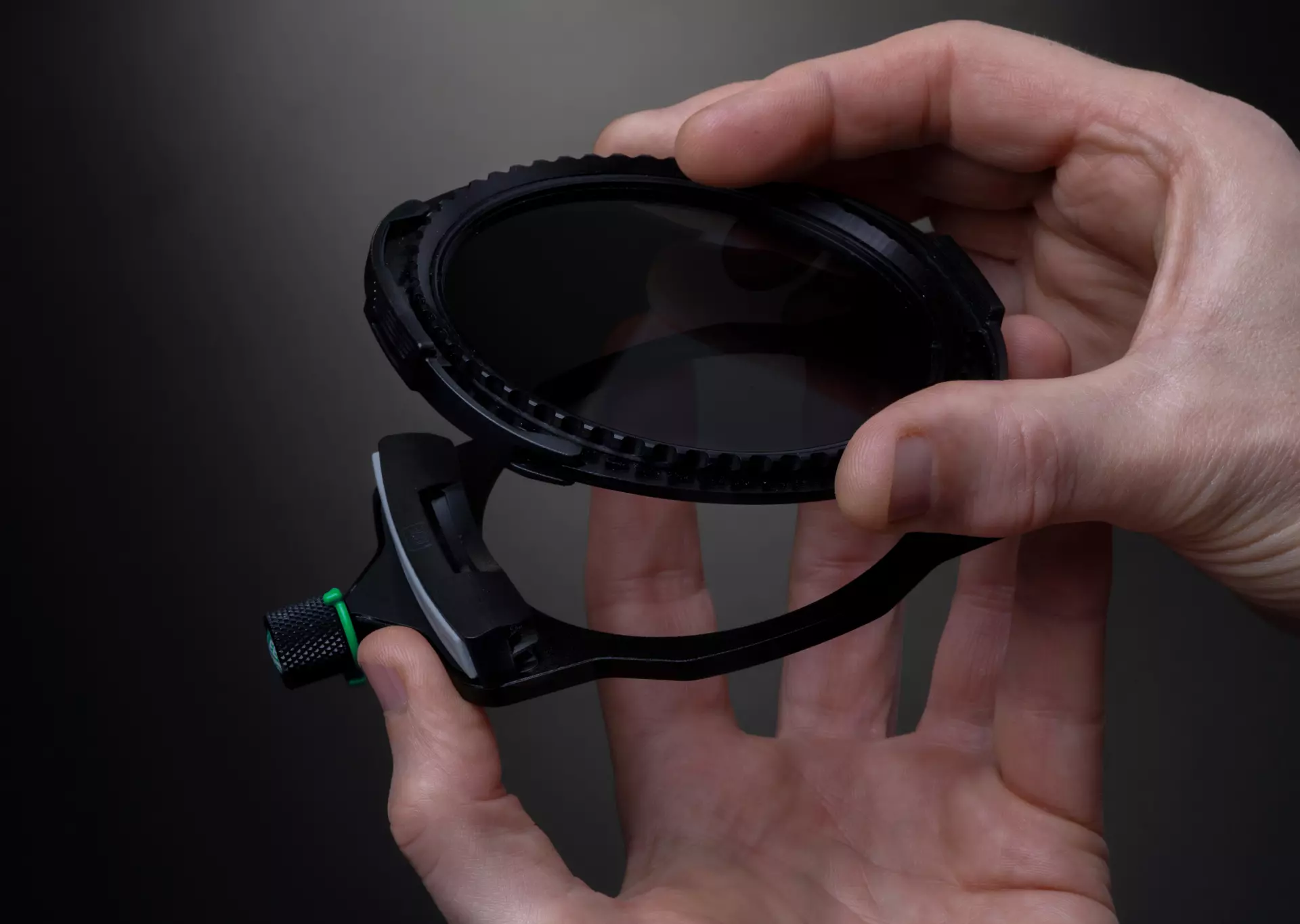
A marriage made in heaven
What works particularly well with long exposures is black and white. This is because both techniques are already one step back from reality, meaning that neither methods are the way we normally see the world around us. Black and white images also simplify a scene creating a more powerful sense of shape and form.
Join me on dedicated workshops
If you would like to learn how to create compelling long exposure images, consider joining me on my Picture2Print: Long Exposure workshop in September 2023 or my Picture2Print: Yorkshire in Black and White workshop in November 2023. Not only will I show you how to take great long exposure and black and white images but also how to process and print them to gallery standards for you to take home.
